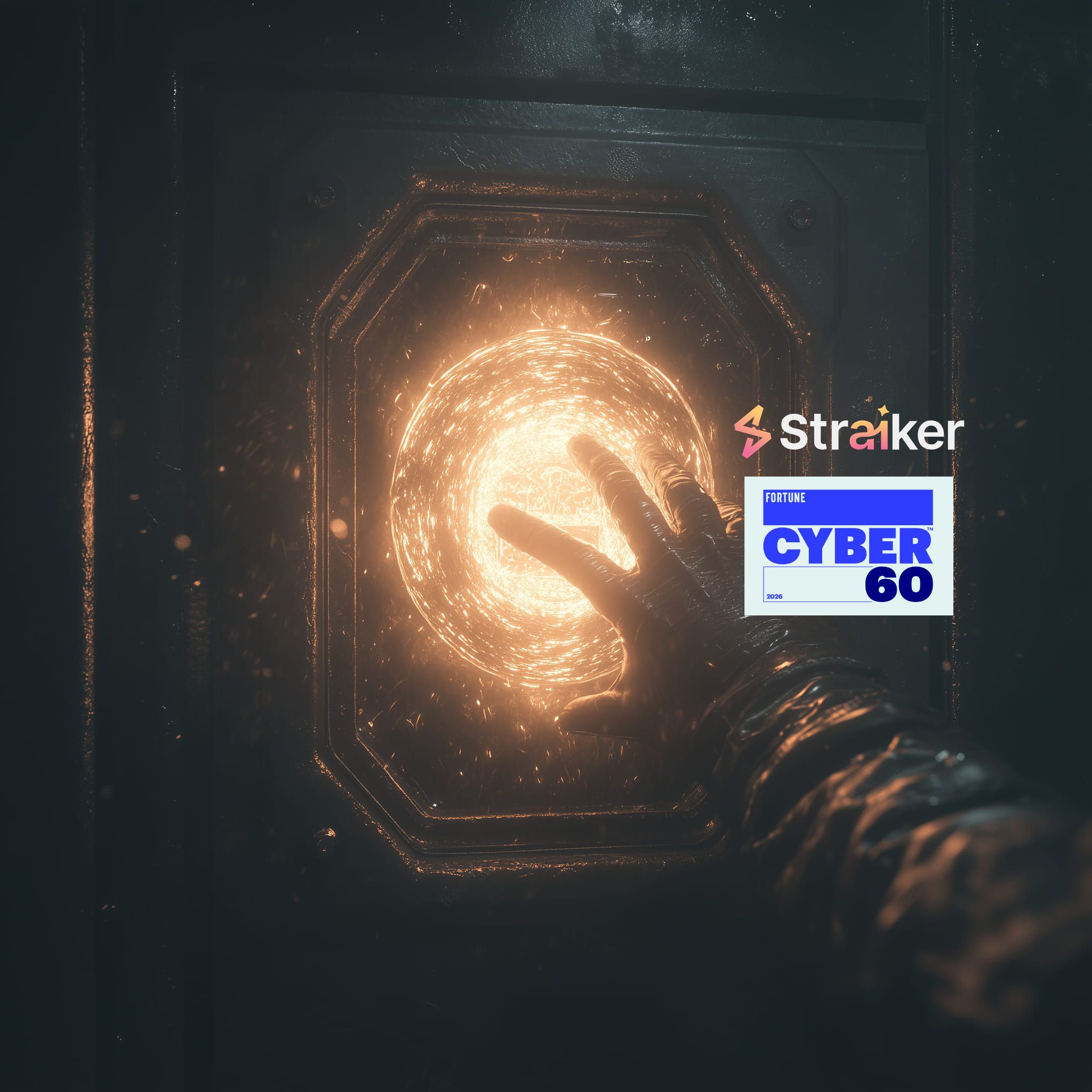MCP Security for Agent-Tool Interactions
Secure AI agents using the Model Context Protocol (MCP). Manage hygiene, runtime, and tool-use risks with visibility, control, and enforcement so agentic AI apps stay safe, compliant and resilient.
Problem
MCP servers with poor hygiene and no runtime enforcement expand the AI attack surface, allowing unauthorized agent-tool actions, data exfiltration, and policy violations.
Solution
Implement MCP security that inventories servers, scans for hygiene flaws, enforces fine-grained access, and monitors live tool calls to stop misuse and data leakage.

Don't let MCP's strengths be its weakness
Without visibility and control, MCP-powered agent-tool workflows enable privilege escalation, unsafe tool chaining, and sensitive data exposure.
100’s
Of scanned MCP servers had hygiene flaws (Straiker’s findings)
40%
Of AI projects lack tool-interaction monitoring (Gartner AI TRiSM)
increase
Of AI incidents stem from runtime tool misuse
The challenge of securing MCP at scale
Supply chain risks
Open-source and third-party MCP servers often ship with weak authorization, poor input validation, and risky defaults. Weak hygiene invites privilege escalation, data leakage, and unsafe tool exposure.
Unmonitored tool chaining
Even hardened MCP servers can be abused at runtime when agents invoke tools in unintended sequences or with unsafe parameters. Without runtime guardrails, visibility, and policy enforcement, agent-tool interactions can trigger unauthorized actions, exfiltrate data, or bypass governance.
No visibility in agent-tool integrations
Enterprises lack an inventory of MCP servers, clients, and permissions, limiting audit and response. Missing observability and coarse access controls create blind spots for compliance and incident response.
Secure the Interface, Accelerate Innovation
[REMOVE]Agentic browsing is a force multiplier for research, automation, and transactions when it runs with the right safeguards. The next generation of browsing lets agents read, click, and complete tasks at scale, turning everyday workflows into measurable gains. Deploy runtime guardrails to stop prompt injection, prevent data exfiltration, and provide audit-ready visibility so security becomes an enabler, not a speed bump.
Stronger trust and control for AI agents
MCP security ensures authorized, monitored, auditable agent-tool interactions, building enterprise trust and enabling safe scale without data loss or policy violations.
Smaller attack surface and faster response
Visibility, least-privilege access, and runtime guardrails detect hygiene flaws and tool misuse early, isolate threats, investigate faster, and restore operations confidently.
faq
What is the Model Context Protocol (MCP) and why does it matter for security?
MCP standardizes how AI agents connect to external tools, APIs, and data sources. Securing MCP is critical because agent-tool interactions can introduce hygiene flaws, unsafe permissions, and runtime misuse that lead to data leakage or unintended actions.
What are the main risks in MCP implementations?
Two categories stand out: hygiene risks in MCP servers (weak authorization, misconfigurations, unsafe defaults) and runtime risks where agents chain tools or pass unsafe parameters. Both expand the AI attack surface without visibility and guardrails.
How does MCP security protect agent-tool interactions?
MCP security inventories servers, applies static risk scoring, and hardens configs. At runtime it enforces least privilege, validates inputs and outputs, monitors tool calls, and blocks unsafe actions to stop misuse and prevent data exfiltration.
How do Straiker products map to MCP security?
What best practices should teams follow to secure MCP?
Maintain a full inventory of MCP servers and clients, standardize config baselines, require least-privilege authorization, validate inputs and outputs, enable real-time monitoring and blocking, and keep end-to-end audit logs for compliance and forensics.

Protect everywhere AI runs
As enterprises build and deploy agentic AI apps, Straiker provides a closed-loop portfolio designed for AI security from the ground up. Ascend AI delivers continuous red teaming to uncover vulnerabilities before attackers do, while Defend AI enforces runtime guardrails that keep AI agents, chatbots, and applications safe in production. Together, they secure first- and second-party AI applications against evolving threats.
Join the Frontlines of Agentic Security
You’re building at the edge of AI. Visionary teams use Straiker to detect the undetectable—hallucinations, prompt injection, rogue agents—and stop threats before they reach your users and data. With Straiker, you have the confidence to deploy fast and scale safely.




.avif)









